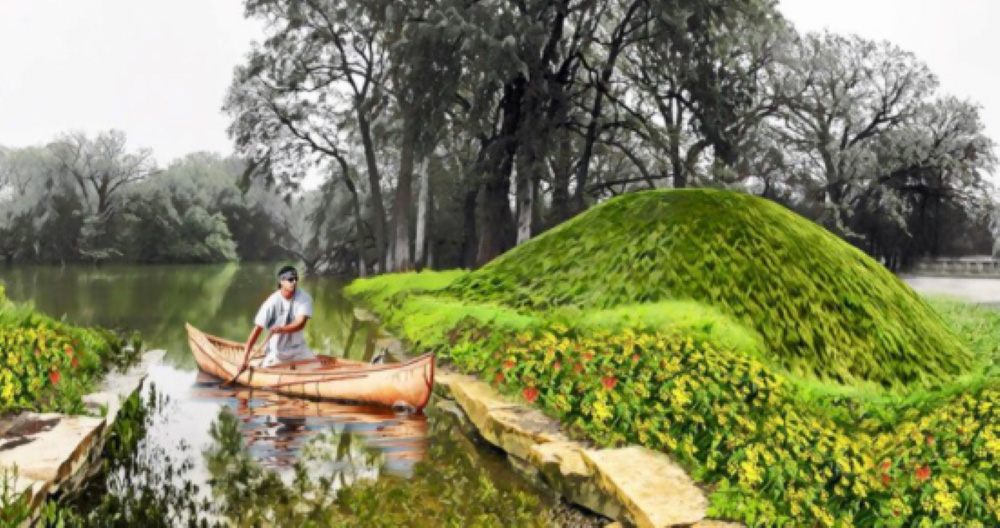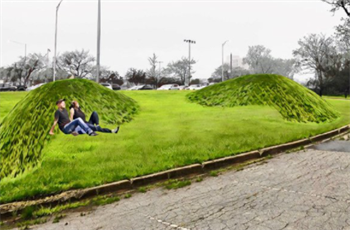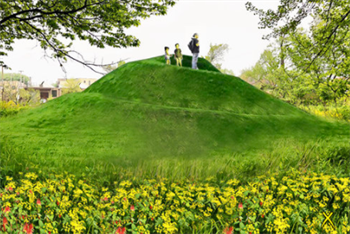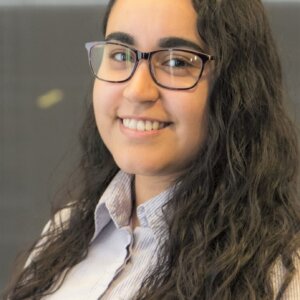Placemaking rooted in Indigenous culture along the Des Plaines and Chicago rivers
The Chicago Community Trust is currently funding eight community-led riverfront projects through their “Our Great Rivers” grant. This piece is part of our 2020-2021 blog series highlighting these projects.

Led by the American Indian Center, and the Chicago Public Art Group, the Northwest Portage Walking Museum (NWPWM) has been a funded Our Great Rivers project since 2018, and is in the process of going through a significant change as part of its continued work in 2021. First, a name change. “4000N” is the frontrunner to replace its current name, as it provides a more accurate representation of native history in the local community, and highlights the project’s placemaking and wayfinding experience. 4000N signifies the location of Irving Park Road, marking the location of the walking museum.

The Walking Museum is a nine-mile, outdoor, multi-faceted learning experience, connecting the Des Plaines River and the Chicago River. The museum is deeply rooted in the natural and cultural histories of Chicago. With goals to use placemaking and art to promote natural history, the Museum aims to provide visibility of Indigenous Peoples past and present, and display appreciation of neighborhood histories. Key partners include the Portage Park Neighborhood Association, as well as Indigenous artist, Santiago X, who designed the Serpent mound, which was installed and unveiled last year in Forest Preserve’s Schiller Woods.
Original plans for 4000N in 2020 were heavily impacted by the COVID-19 pandemic. Initially, one of the principle project goals for 2020 centered on creating and training youth to conduct cultural canoe tours. The research and curriculum to host the trainings had already been completed but could not be rolled out due to the coronavirus. Instead, the project shifted focus towards marketing, building capacity for digital engagements, and creating wayfinding tools. Part of this includes establishing a project website, and a branded identity, so that the project can eventually become self-sustaining. The 4000N website is scheduled to go live this February. A self-guided walking tour is also being created through an app called “Vamonde.” The app allows the integration of diverse content from curated tours to interviews, making it an accessible and interactive experience.
Looking Ahead
4000N has been active at the Dunning Read Conservation Area, supporting the newly installed Nesewin sculpture, another vital component of the walking museum experience. Project partners, along with the Forest Preserve District of Cook County, are working on implementing a wayfinding plan with signage to guide trail users and visitors.

Recently, project partners also received approval from the U.S. Army Corps of Engineers to begin installation of second effigy mound designed by Santiago X. The Coil Mound is expected to be installed on the restored conservation area at Horner Park with construction scheduled to start in spring 2021. This is exciting news for all partners! There is a GoFundMe campaign set-up to help fund construction of the mound. As we move into 2021, we look forward to the continued success of this project in creating new placemaking opportunities steeped in Indigenous culture along Irving Park Road.
